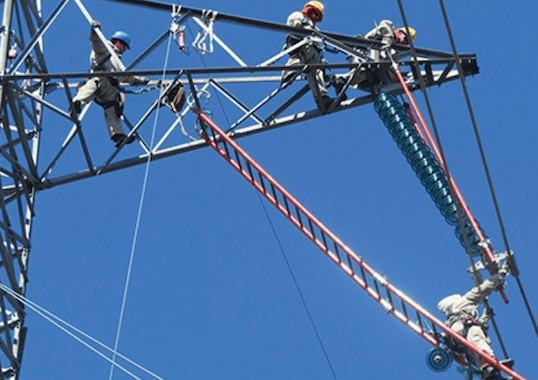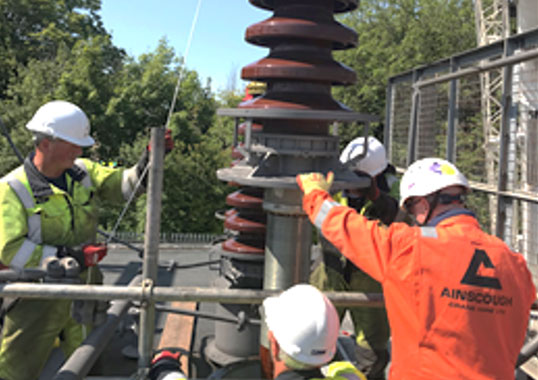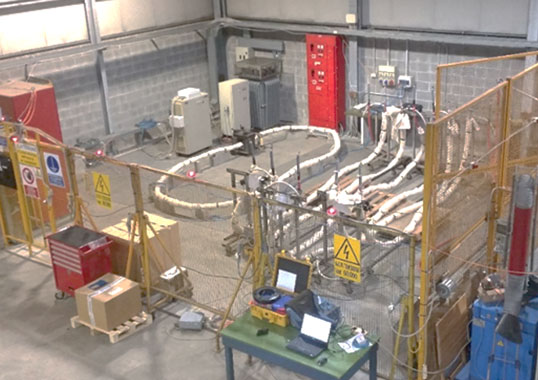Manitoba Hydro’s system depends on power generated by northern hydraulic generating stations whose output is transferred south on HVDC lines that carry about 70% of Manitoba’s supply. In case of drought or an HVDC outage, supply would be restricted to generation connected to the AC system in addition to imports on AC interconnections with the U.S. and other provinces. Such a restricted supply of power would be inadequate to meet demand and therefore a new HVAC transmission line – Manitoba-Minnesota Transmission Project (MMTP) – is the second 500 kV line in Manitoba to connect to the U.S. grid and link Dorsey Station to Iron Range Station using a 575 km line. The geometry of the line’s towers must accommodate different electrical clearances under various weather conditions, as provided for in standards or codes. Substantial consideration must be given to switching surge clearance and minimum approach distance, which depend greatly on switching surge overvoltage level of the line. Therefore, lower switching surge overvoltage level can lead to more compact tower top geometry that could reduce project cost as well as environmental impact. This presentation introduces the novel means to optimize structure design for MMTP using transmission line surge arresters. MMTP will have 60% series compensation to maintain a 2000 A continuous current rating. Once completed, this 1440 MVar series capacitor would become the latest in the world at 500 kV and its large size and long line length would result in high switching surge voltage, thereby affecting tower design and live line maintenance. To address this issue, Manitoba Hydro conducted a detailed switching surge study to help optimize design of MMTP towers.

Using Line Arresters to Optimize Structure Design of 500 kV AC Transmission Line by Chen Wang








